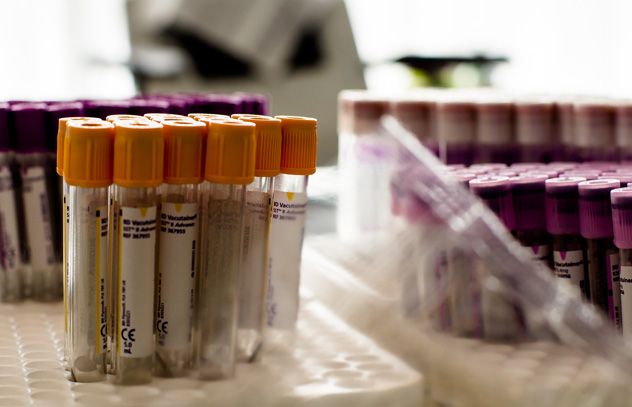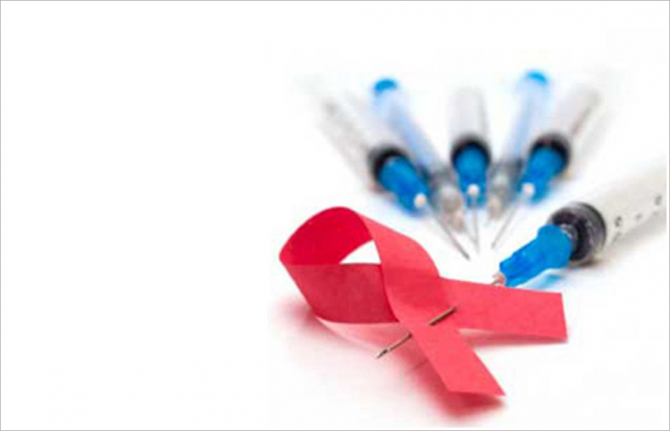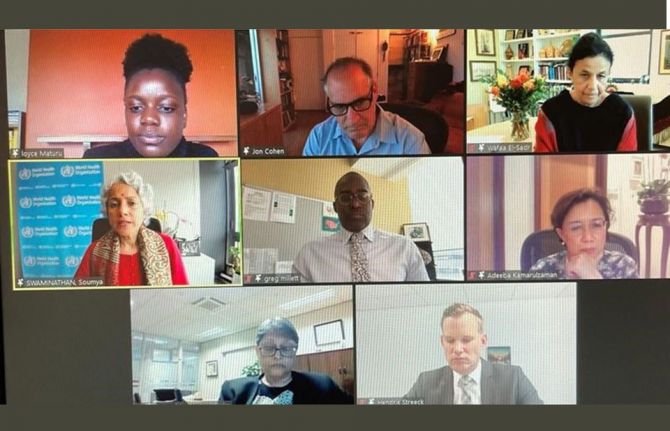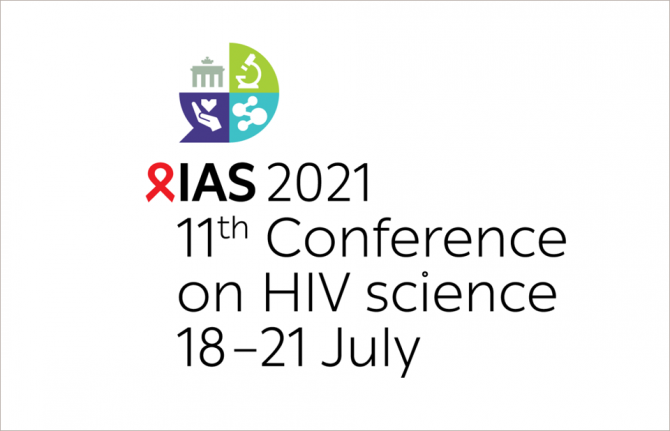

The annual Conference on Retroviruses and Opportunistic Infections (CROI) was held in Boston, US from 3-6 March 2014. Every year CROI provides an opportunity for researchers from around the world to come together and share the latest developments in HIV research and development.
Feature Story
New advances in HIV research and development
10 March 2014
10 March 2014 10 March 2014The annual Conference on Retroviruses and Opportunistic Infections (CROI) was held in Boston, US from 3-6 March 2014. Every year CROI provides an opportunity for researchers from around the world to come together and share the latest developments in HIV research and development. Several interesting areas of research which were presented at this year’s conference and UNAIDS spoke to Professor Salim S. Abdool Karim, Director of the Centre for the AIDS Programme of Research in South Africa and Chair of UNAIDS Scientific Expert Panel for an overview of the main highlights in HIV prevention, treatment and cure research.
Q. Professor Karim, we heard of many exciting developments coming out of this year’s conference what did you see as the main advances in HIV prevention research?
A. The conference hosted a range of great presentations on AIDS treatment, prevention and cure. There was a strong theme on HIV prevention at this year’s CROI, focusing on how to improve effectiveness of antiretroviral (ARV) pre-exposure prophylaxis (PrEP). Studies over the last 3 years have provided enough evidence to demonstrate that antiretroviral drugs like tenofovir are effective. However, the ARVs being used for PrEP not taken as prescribed. At this year’s CROI, we saw a concerted move to find formulations that would have better adherence. To this end, a study of GSK-744LA, a long acting injectable which could transform PrEP from daily pill-taking to 3 monthly injections, showed good protection in monkeys. Another strategy to improve adherence is the development of a new vaginal ring, which has both the contraceptive and anti-HIV properties.
Q. There was also much talk about cure for HIV—what was your take on that?
A. The Mississippi baby is now just over 3 years old and has been off ARVs for more than 2 years but remains negative on the highly sensitive ELISA and PCR tests, strengthening the evidence that this child may be cured. The second child presented at the meeting is a 9 month baby who was thought to be cured. Unfortunately, it is not a possible to determine whether this child is indeed cured because the child is still on ARVs and it is not possible to determine if negative HIV tests are due to temporary viral suppression or to viral eradication.
Q. Vaccine development also seems to be advancing—what do you see as the next major step in vaccine research?
A. In vaccine science, several broadly neutralising antibodies have been identified and some have even been shown to be effective in preventing, treating or curing infection in monkeys. The next step is to assess what effect these antibodies would have in the human body.
Q. Is there anything else in the pipeline we should look out for?
A. Yes, I am very impressed in the findings of gene modification approaches to treating HIV. I think this new technology has great potential.
Related
 An HIV vaccine: who needs it?
An HIV vaccine: who needs it?

21 July 2021
 Science, HIV and COVID-19—where are we headed?
Science, HIV and COVID-19—where are we headed?

08 June 2021

